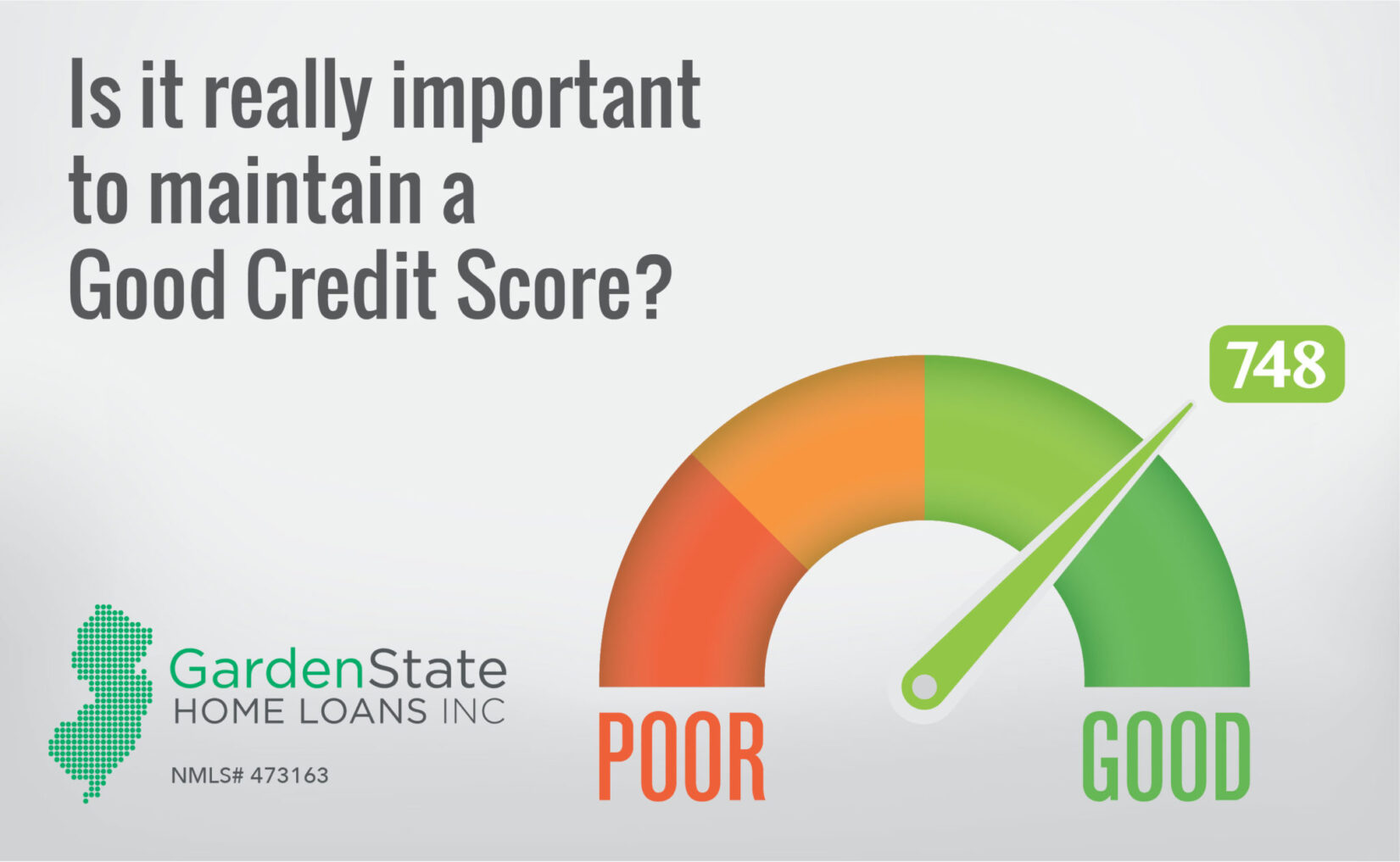
VantageScore is a credit scoring system for consumers that was developed by three of the largest credit bureaus in America. VantageScore Solutions, LLC, is the company that manages the model. The LLC was founded in 2006. VantageScore, which was created in 2006 by three bureaus, has been jointly owned by these companies. It is an anonymous, free system that assists consumers in determining their creditworthiness.
VantageScore 3.0
VantageScore3.0 is a credit-scoring model that differs greatly from FICO. While VantageScore 3.0 is different than FICO in some respects, the basic principles of credit scoring remain the same. These principles include paying your bills in time, limiting your credit card usage, and limiting your new credit. These strategies can help improve your credit score.
Payment history is the main factor in VantageScore3.0 credit scores. This is typically expressed as a percentage. Missed or late payments can really impact your credit score. Lenders want to see a history of responsibly using credit.

Credit mix
A credit mix score is a credit score that is based on several factors. One of these factors is payment history. Also, the time you have held credit accounts is taken into account. Another factor is the mix of your credit accounts, including installments and revolving lines of credit. You will have a better overall score if your credit mix is healthy.
The credit mix factor accounts for 10% of a consumer's FICO score. This factor considers several credit accounts, including lines of credit cards. It then combines them to give the VantageScore. A healthy credit mix includes both revolving and installment accounts.
Credit utilization
The amount of your credit card debt can have an impact on your credit score. Some lenders allow you to have multiple credit cards which can help lower your utilization ratio. Your credit history is also important. It can be difficult to control your spending if you have too many credit cards. Also, adding new lines to your credit report can ding your score.
When it comes to credit utilization, it's important to know the difference between total and per-card usage. Per-card usage is the ratio of credit available to each card's total balance. The total utilization is the ratio of the credit you use to the credit available. Your credit score will rise if your total utilization is lower than your available credit.

Public records
Public credit reports can have a negative impact on credit scores. They are generally considered to be very bad and can lower a person’s score. But, credit reports can also contain other information. Public records can also include judgments or tax liens. Bankruptcy refers to a person who has failed to pay his or her credit obligations.